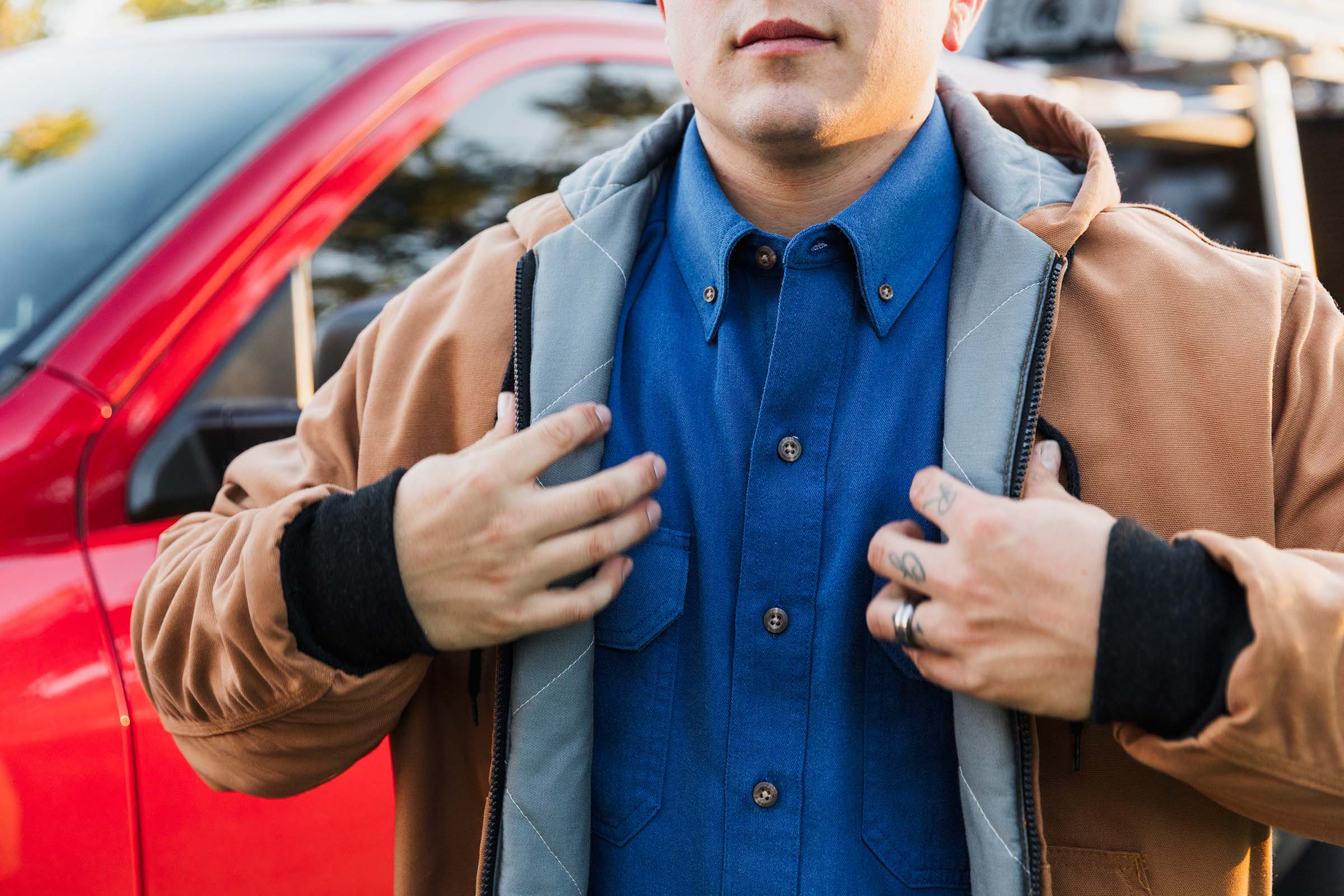Four Ways Clothing Can Contribute to Reducing the Impact of Heat Stress
General 13 Jun 2019
 Heat stress can be a serious concern year round, but it is especially prevalent in the warmer summer months. There are many factors that contribute to an increased risk of heat stress including high external temperature, humidity levels, sun exposure, lack of breeze, not drinking enough water, intensity of labor, and heat-trapping PPE. Work attire is often overlooked when analyzing heat stress factors, but when coupled with rest, hydration, and shade, it may help lessen the likelihood of heat stress. Here are four tips to use clothing to your advantage to help prevent the impact of heat stress on a day-to-day basis.
Heat stress can be a serious concern year round, but it is especially prevalent in the warmer summer months. There are many factors that contribute to an increased risk of heat stress including high external temperature, humidity levels, sun exposure, lack of breeze, not drinking enough water, intensity of labor, and heat-trapping PPE. Work attire is often overlooked when analyzing heat stress factors, but when coupled with rest, hydration, and shade, it may help lessen the likelihood of heat stress. Here are four tips to use clothing to your advantage to help prevent the impact of heat stress on a day-to-day basis.
- Wear proper PPE for the task at hand Primary personal protective equipment (PPE) and secondary PPE are instrumental in keeping workers safe from job site hazards. Knowing when to wear the right PPE to protect against thermal hazards is important for keeping heat stressors at bay. Primary PPE should only be worn when directly interacting with a hazard. Primary PPE is often coated, bulky, and does not breathe well or at all which reduces radiation dissipation from the body and increases body temperature. Limiting your time wearing primary PPE to when necessary can help reduce heat stress. If tasks require extended time in primary PPE, hydration and rest breaks are critical to avoiding heat stress. Wearing lightweight and breathable secondary FR clothing to protect against potential thermal hazards in the workplace can also help to keep internal temperatures stable by shielding the body from the sun’s radiation which help reduce the likelihood of experiencing heat stress.
- Specify AR/FR fabrics best suited to your environment While 100% cotton non-FR fabrics are not recommended for those facing thermal hazards, there are FR fabrics available that will help protect against potential hazards in addition to providing characteristics usually associated with cotton. New innovative, breathable, wick-able FR fabric blends have received excellent comfort feedback in terms of moisture management and air permeability and since the fabric also shields radiation from the sun; it helps combat heat stress. By specifying an AR/FR fabric that works well within your environment, you can help decrease the risk of overheating episodes and increase wearer comfort while still meeting the safety needs of your workers.
- Select light-colored AR/FR garments Dark colored clothing has been known to attract heat, which may elevate internal temperatures and cause the wearer to become hot and uncomfortable. Choosing lighter colored clothing can help keep the wearer cooler in the long run.
- Don’t forget about comfort If a worker’s PPE is not comfortable, they are less likely to wear the proper protective gear while on the job site. It is important to note that, while comfort should not be the key factor when choosing AR/FR fabrics, it is an important consideration. Providing employees with AR/FR garments that meet safety requirements and provide a certain level of comfort could make the difference in a worker being protected when he or she needs it most.
Many factors can impact heat stress while working in hot or humid environments. We encourage you to take a multi-prong approach to prevent heat stress with appropriate breaks, shade, and hydration throughout the day, in addition to using proper PPE for the work environment.
